What Doomsday Preppers Will Eat After The Apocalypse
Take note?
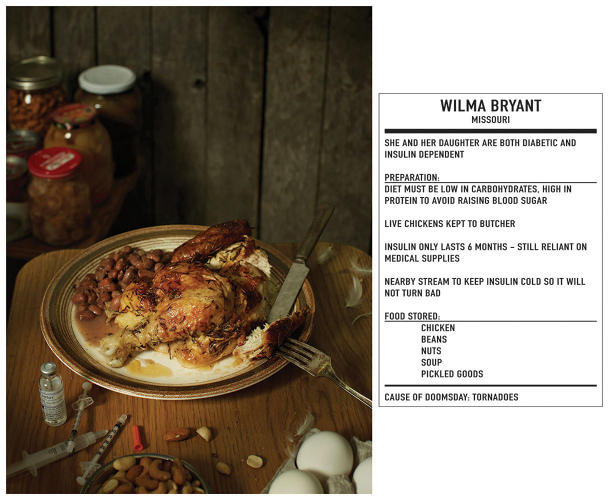
If the world ended tomorrow, would you want to go out on a full stomach of ribeye? Or how about a bowl of chicken noodle soup and some homemade wine? Bet you haven’t even thought about it. But the subjects of Henry Hargreaves‘s new photography project, Ready for Dinner, certainly have.
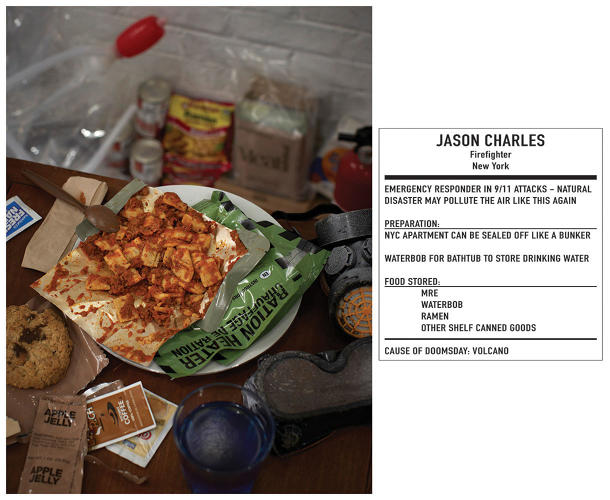
They are doomsday preppers, people who stock supplies and learn Boy Scout-style survival skills in anticipation of what they believe is the imminent fall of civilization. For his last project, Hargreaves recreated the last meals that prisoners requested on death row. “Suddenly I was drawn in and able to see the human element [of these people’s lives],” Hargreaves says in a phone interview. The project inspired him to track down the eating habits of other outsider groups. Doomsday preppers seemed like the perfect one to take on next.
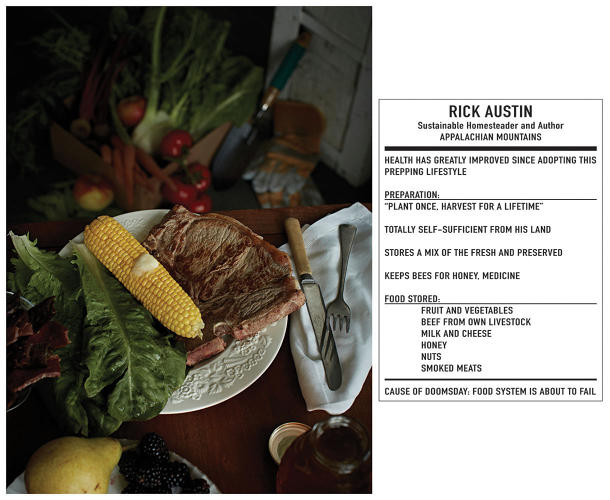
Hargreaves asked seven preppers what they had stored to eat after the apocalypse. Based on these interviews, the photographer staged meals inspired by each subject’s postapocalyptic culinary choices. He took the series to TEDxManhattan and gave a talk on what our food choices reveal about our personalities.
The people Hargreaves spoke with represent a diverse sampling of the estimated 3 million preppers in the United States. They include Kellene Bishop, a Mormon living in Utah who says her religion endorses her survivalist practices (postapocalypse meal: pasta marinara with anchovies and capers), and Jason Charles, a New York firefighter who is concerned about another 9/11-style attack destroying agriculture (postapocalypse meal: MRE).
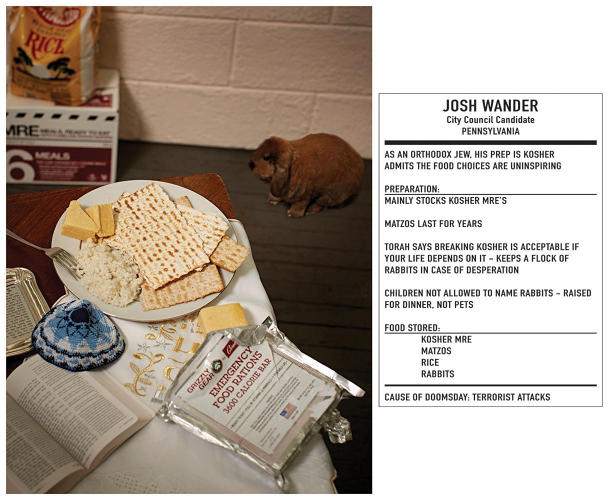
Hargreaves was surprised by the not-always-outlandish logic behind some of his subjects’ fears. “You could define doomsday as the breakdown of the food distribution chain,” he says, as does one of the preppers, a sustainable homesteader in the Appalachian Mountains. “If an event occurs and the trucks don’t come and there isn’t food on the shelves, these people are going to know what to do.”
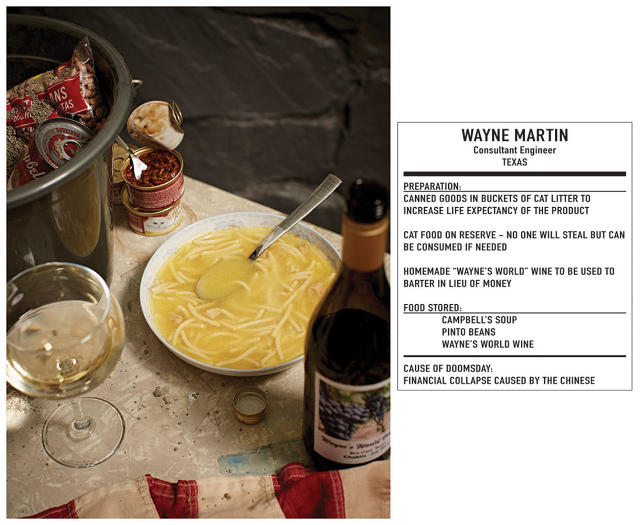
The preppers Hargreaves interviewed are remarkably thoughtful about how their predicted disasters will place limitations on food and agricultural systems. There’s John Major, who buries seeds underground to protect against radiation from a dirty bomb (dirt is an effective blocker against radioactivity). Others were a bit more eccentric in their preparations. Orthodox Jew Josh Wander keeps a flock of rabbits on hand to eat in case of the apocalypse, even though his kosher lifestyle wouldn’t permit eating the animals. (Hargreaves notes that Wander doesn’t allow his children to name the rabbits—they’re for consumption only.)

When we get to the “why” of doomsday prepping, Hargreaves demurs. “These people are not necessarily wanting this stuff to happen,” he says. “There’s just a massive amount of distrust in the system.” I asked him why he thinks millions of people feel so much uncertainty. “I didn’t really try to get into their psychology. I like to leave things open,” he says. “For me, a successful art series holds a mirror up to the viewer. I want them to look beyond what I’m showing them.”
Ready for Dinner, along with Hargreaves’s other series, can be seen on his website.
[All Photos: Henry Hargreaves]
Fast Company , Read Full Story
(260)














